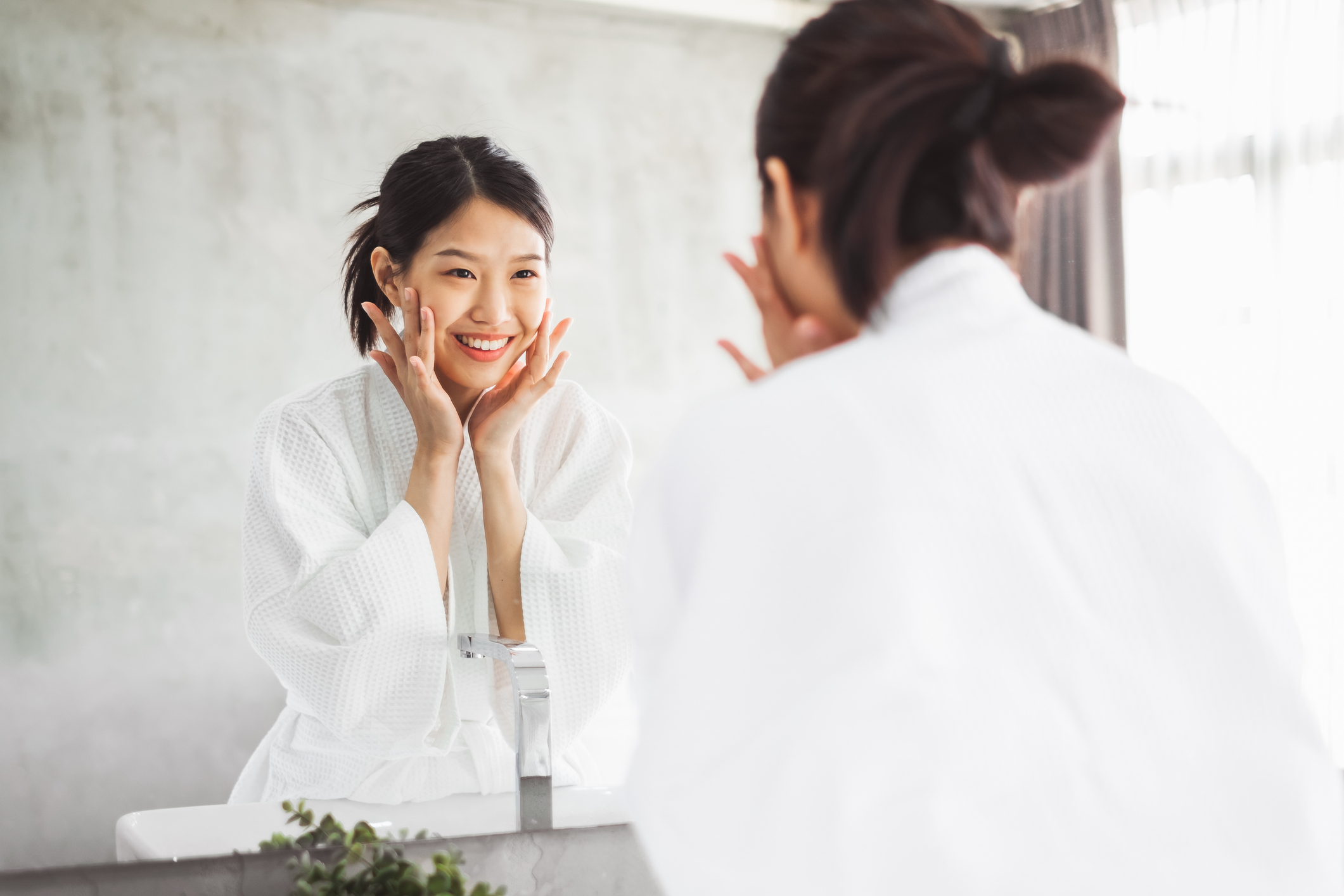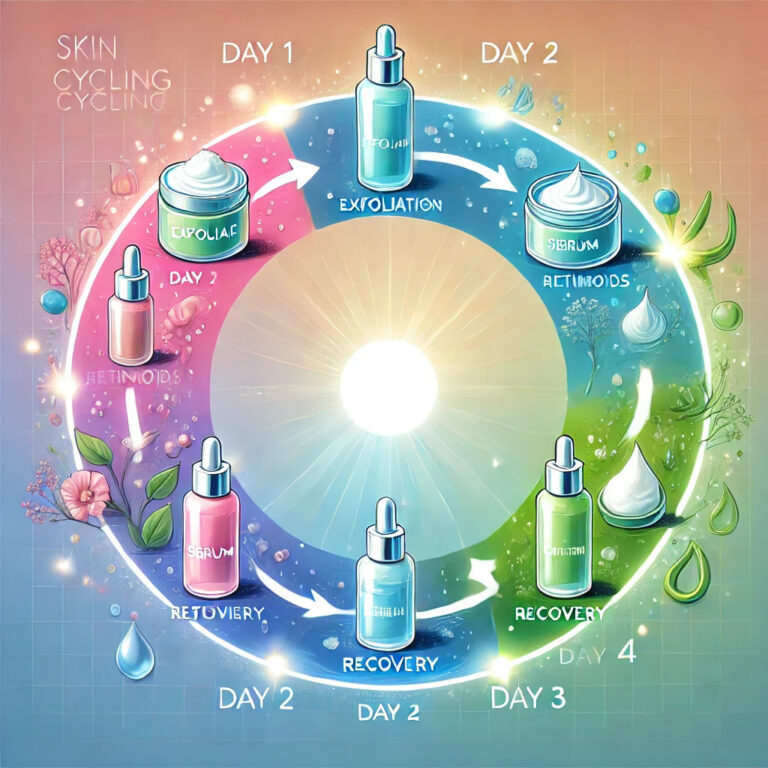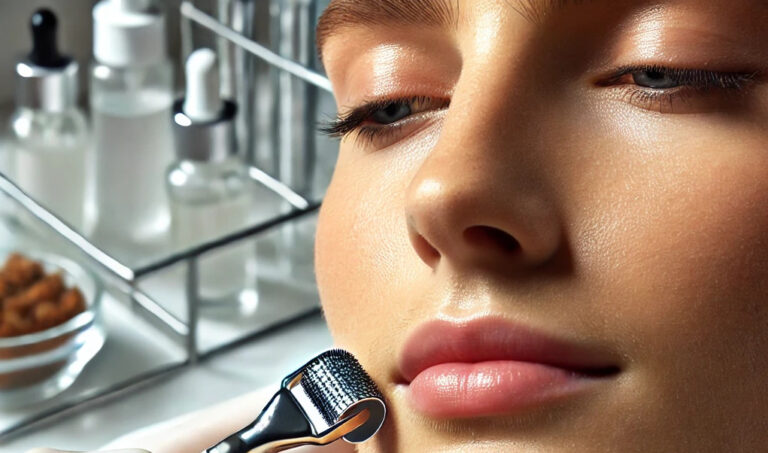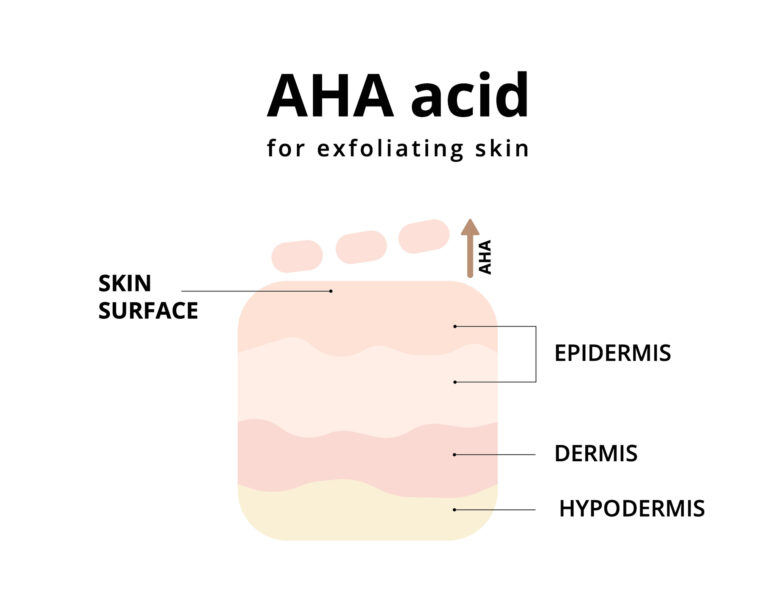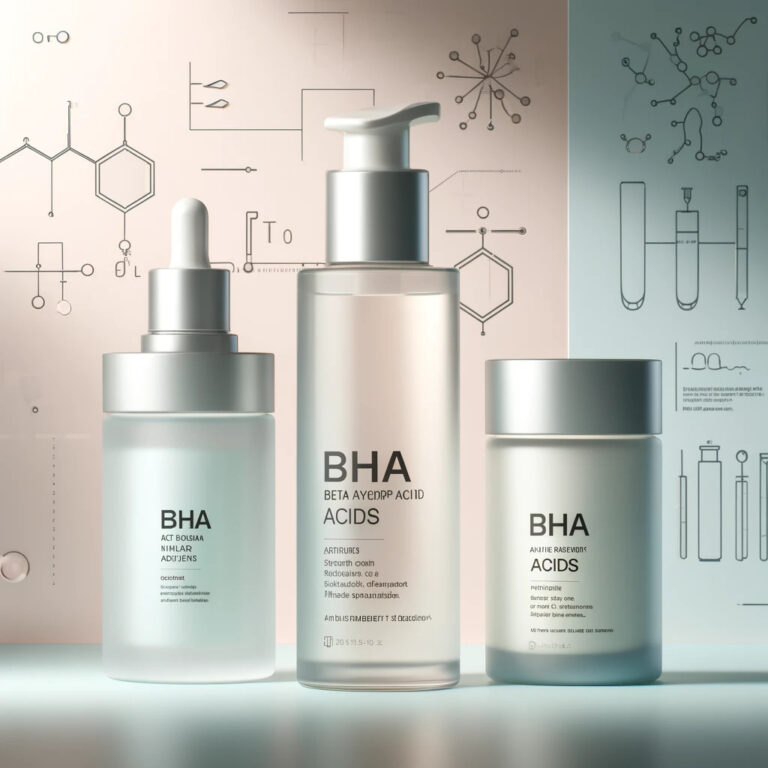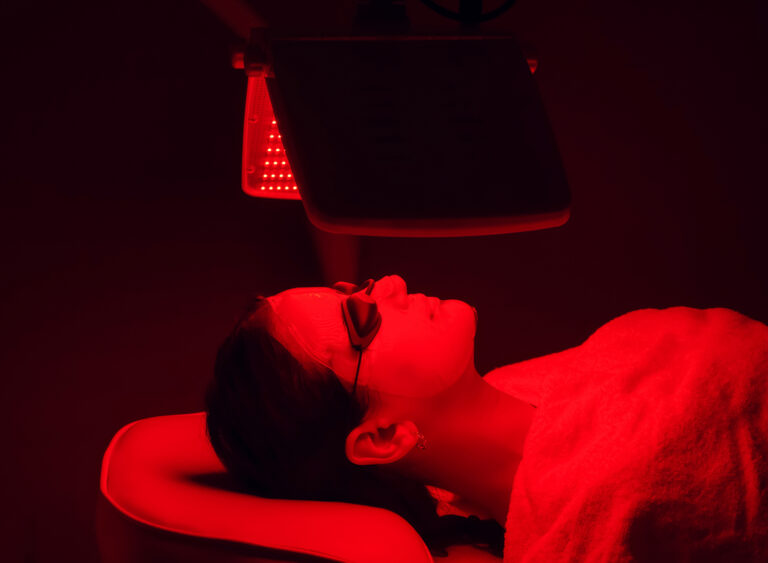Teen Acne and an Effective Home Skincare Regimen
Teen acne is one of the most common skin conditions affecting adolescents worldwide. Hormonal fluctuations during puberty often trigger an overproduction of sebum, which, when combined with dead skin cells and bacteria, can clog pores and lead to breakouts. While frustrating, acne can often be managed with the proper skincare routine and over-the-counter (OTC) products.
Understanding Teen Acne
Acne manifests in various forms, including Whiteheads and blackheads: Clogged pores that remain closed (whiteheads) or open (blackheads).
Papules and pustules: Inflamed red bumps, sometimes filled with pus.
Nodules and cysts: More severe forms of acne that are deeper and can be painful.
Factors contributing to acne include genetics, diet, stress, and the use of comedogenic products. Understanding the type and severity of acne is essential in tailoring a skincare regimen.
Foods That Can Trigger Teen Acne
Certain foods have been associated with an increase in acne due to their influence on hormones and inflammation. Here are some common culprits:
Sugary snacks and beverages: Candy, soda, and sweetened cereals
High-glycemic foods: White bread, pasta, and baked goods
Dairy products: Milk, cheese, and ice cream
Fast food and greasy meals: Burgers, fries, and pizza
Chocolate: Especially milk chocolate
Whey protein supplements: Often used by teens engaging in sports or gym routines
Peanuts, nut butters, and nut milks: May contribute to inflammation and hormonal imbalance
Avocados and high daily intake of omega fatty acids: Excessive consumption can influence sebum production
Protein breakfast bars and high-protein muffin cups (like Kodiak): May contain dairy, sugar alcohols, and additives that can trigger breakouts
Supplements and medications: Certain vitamins (like B12), biotin, and medications (such as corticosteroids or hormonal treatments) can contribute to acne in some individuals
Vegan and vegetarian diets: While often considered healthy, these diets can sometimes lack key nutrients (like zinc, vitamin A, and omega-3 fatty acids) and may include high amounts of soy, legumes, and refined carbs. Soy, in particular, contains phytoestrogens, which may affect hormone levels in sensitive individuals. Additionally, processed vegan snacks or dairy substitutes can contain added sugars and inflammatory oils that may aggravate acne.
How Diet Affects Hormones and Acne
Diet plays a significant role in hormonal regulation, which directly impacts the development of acne. Foods with a high glycemic index cause spikes in blood sugar, leading to increased insulin levels. Elevated insulin promotes the production of androgens (male hormones present in both boys and girls), which in turn stimulate the sebaceous glands to produce more oil. This excess sebum can clog pores and contribute to breakouts.
Dairy products, particularly skim milk, may also influence hormone levels and inflammatory responses in the body, potentially worsening acne. Additionally, foods rich in refined sugars and fats can create an environment in the gut that supports inflammation, which is closely linked to acne flare-ups.
Foods like peanuts and their derivatives, as well as some nut milks, can be inflammatory for certain individuals due to their omega-6 fatty acid content. Similarly, avocados and high omega-fatty acid intake—while generally healthy—may contribute to excess oil production when consumed in large amounts. Protein-packed snacks like breakfast bars and protein muffin cups often contain whey, artificial sweeteners, and additives that may exacerbate acne.
Supplements such as biotin, while popular for hair and nail health, have been reported to worsen acne in some cases, possibly due to interactions with other B vitamins. Hormonal medications or performance-enhancing supplements may also alter hormonal balance and contribute to acne.
Vegan and vegetarian diets, especially if heavily reliant on processed meat alternatives, refined grains, and soy products, may increase acne risk in some teens. Soy contains plant-based estrogens that could influence hormonal balance. Additionally, nutrient deficiencies in zinc, vitamin A, or omega-3s—common in plant-based diets—may impair skin healing and regulation of sebum production. Being mindful of whole food choices and considering supplementation when needed can help reduce these effects.
While not everyone is sensitive to the same foods, being mindful of how diet affects the skin can empower teens to make healthier choices. Swapping processed and sugary foods for whole grains, fresh vegetables, fruits, and lean proteins can help support clearer skin and overall well-being.
Acne-Friendly Diet Tips
Eating a skin-supportive diet can help reduce the frequency and severity of breakouts. Here are some acne-friendly dietary tips:
Choose low-glycemic foods: Opt for whole grains like oats, quinoa, brown rice, and sweet potatoes instead of white bread and sugary snacks.
Incorporate omega-3s in moderation: Include flaxseeds, chia seeds, and wild-caught fish like salmon to reduce inflammation.
Limit dairy intake: Consider plant-based milk alternatives like oat or rice milk (watch for added sugars and oils).
Eat antioxidant-rich foods: Load up on colorful fruits and vegetables like berries, spinach, and carrots for vitamins A, C, and E.
Hydrate regularly: Water helps flush out toxins and keeps skin hydrated and healthy.
Avoid highly processed snacks: Replace protein bars and muffins with boiled eggs, a handful of seeds, or Greek yogurt (if tolerated).
Monitor soy intake: For vegetarians and vegans, balance soy consumption and consider diversifying with lentils, beans, and nuts (in moderation).
Consider supplements: If on a restrictive diet, talk to a healthcare provider about supplementing zinc, vitamin A, D3, or omega-3.
Remember, every body reacts differently, so it may help to keep a food journal and observe how your skin responds to dietary changes.
Home Care Skincare Regimen for Teen Acne
1. Gentle Cleansing (Morning and Night)
Start with a mild, non-comedogenic cleanser to remove dirt, oil, and impurities without stripping the skin of natural moisture. Look for cleansers with salicylic acid or benzoyl peroxide to help clear pores and reduce bacteria.
Recommended products:
CeraVe Acne Foaming Cream Cleanser (4% benzoyl peroxide)
La Roche-Posay Effaclar Medicated Gel Cleanser (2% salicylic acid)
2. Toning (Optional)
A toner can help balance the skin’s pH and remove any leftover residue post-cleansing. Opt for alcohol-free toners with soothing ingredients like niacinamide or witch hazel.
Recommended products:
Thayers Alcohol-Free Witch Hazel Toner (unscented)
3. Treatment (Spot or Full-Face)
Acne treatments target active breakouts and prevent new ones. Apply an acne treatment after cleansing and toning.
For mild acne: Use products with salicylic acid or benzoyl peroxide.
For stubborn acne: Consider products with adapalene (a mild retinoid) or sulfur.
Recommended products:
Paula’s Choice Skin Perfecting 2% BHA Liquid Exfoliant
4. Moisturizing (Daily)
Even oily or acne-prone skin needs hydration. Use a lightweight, non-comedogenic moisturizer to maintain the skin’s barrier.
Recommended products:
Neutrogena Hydro Boost Water Gel (oil-free)
CeraVe PM Facial Moisturizing Lotion (with ceramides and niacinamide)
5. Sun Protection (Morning Only)
Sunscreen is crucial to prevent hyperpigmentation and protect the skin from damage, especially when using acne treatments that increase sensitivity.
Recommended products:
EltaMD UV Clear Broad-Spectrum SPF 46 (for acne-prone skin)
La Roche-Posay Anthelios Melt-in Milk Sunscreen SPF 100
6. Weekly Exfoliation
Exfoliate once or twice a week to remove dead skin cells and improve skin texture. Avoid harsh scrubs; instead, choose chemical exfoliants like AHAs or BHAs.
Recommended products:
The Ordinary AHA 30% + BHA 2% Peeling Solution (use with caution and patch test first)
Teen Acne Facials
Facials designed for acne-prone skin can be a helpful addition to a teen’s skincare regimen. These facials typically focus on deep cleansing, gentle exfoliation, and extraction of clogged pores. They can also include soothing masks to reduce inflammation and redness.
Common types of acne facials:
Deep Cleansing Facials: Target clogged pores and excess oil with thorough cleansing and exfoliation.
Chemical Peels: Use mild acids like salicylic or glycolic acid to exfoliate and promote skin renewal.
LED Light Therapy: Blue light therapy can help kill acne-causing bacteria and reduce inflammation.
It’s essential to consult a licensed esthetician or dermatologist to determine if facials are suitable for your skin type and acne severity. Professional facials should be complemented with a consistent home skincare routine for optimal results.
Additional Tips for Managing Teen Acne
Avoid touching your face to minimize the transfer of bacteria and oil.
Clean your phone and pillowcases regularly to reduce exposure to acne-causing bacteria.
Resist popping pimples, as this can lead to scarring.
Maintain a healthy diet by incorporating more fruits, vegetables, and water while reducing sugary and high-glycemic foods.
Be consistent with your skincare routine; results often take several weeks.
When to See a Dermatologist
If over-the-counter products and a consistent regimen don’t improve acne after 2-3 months, or if acne is severe and painful, consult a dermatologist. They may recommend prescription treatments like topical retinoids, antibiotics, or even isotretinoin for cystic acne.
Conclusion
Teen acne can feel overwhelming, but with a tailored skincare routine and patience, it’s possible to achieve clearer, healthier skin. Start with gentle yet effective OTC products, consider professional facials as an additional treatment, be mindful of acne-triggering foods, and don’t hesitate to seek professional advice if needed. Remember, consistency is key to managing acne and building a lifelong habit of good skin health.

